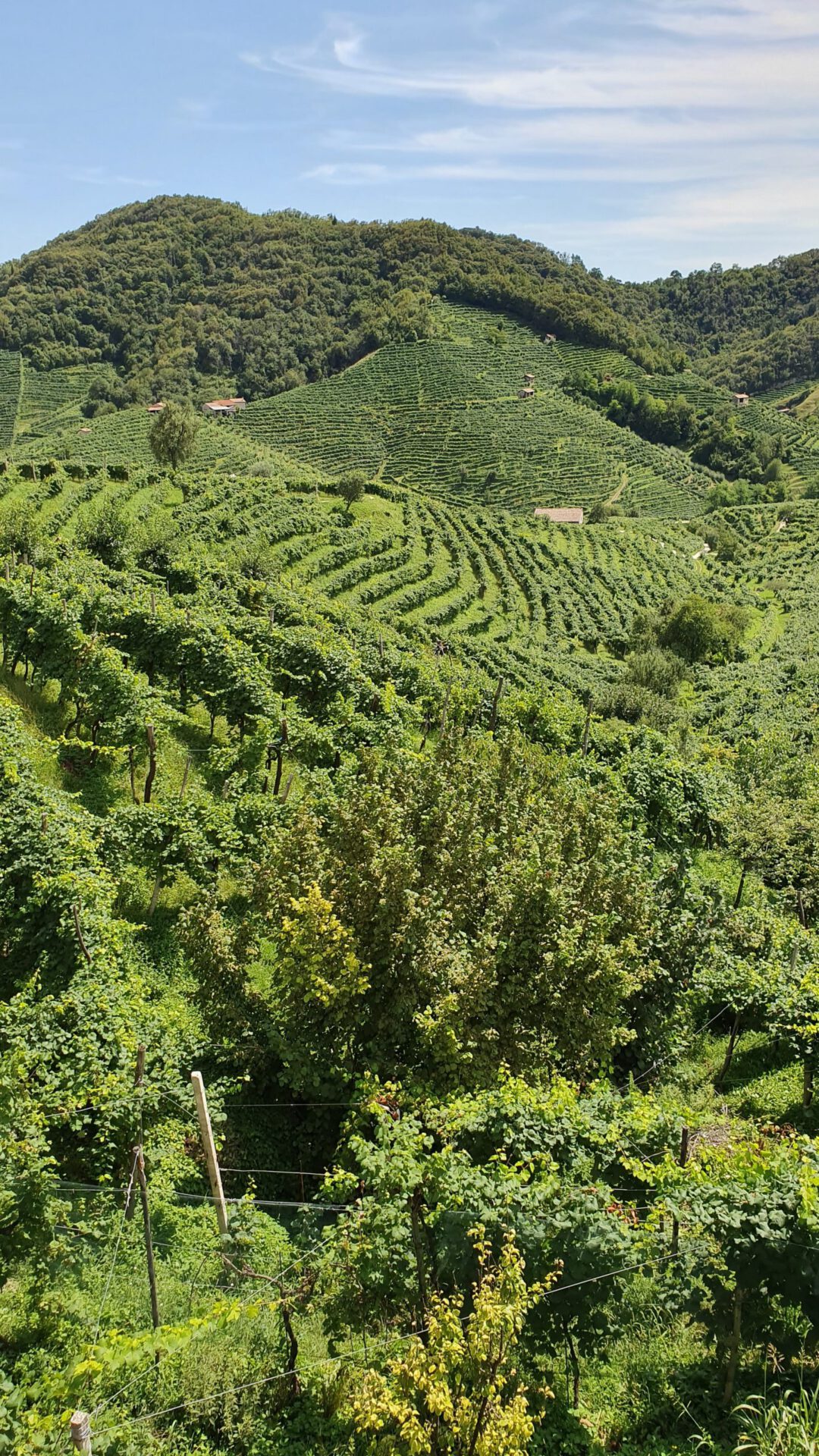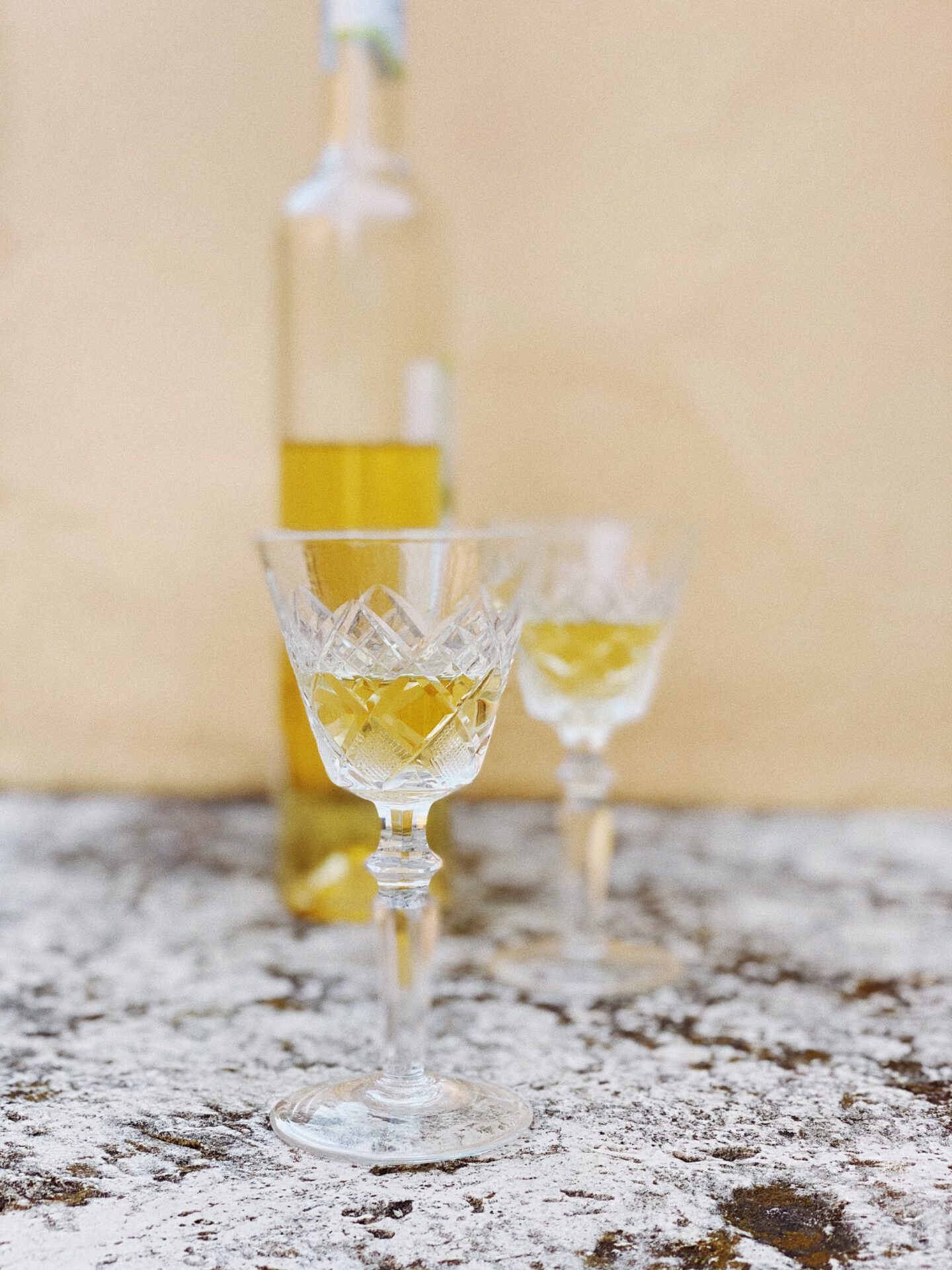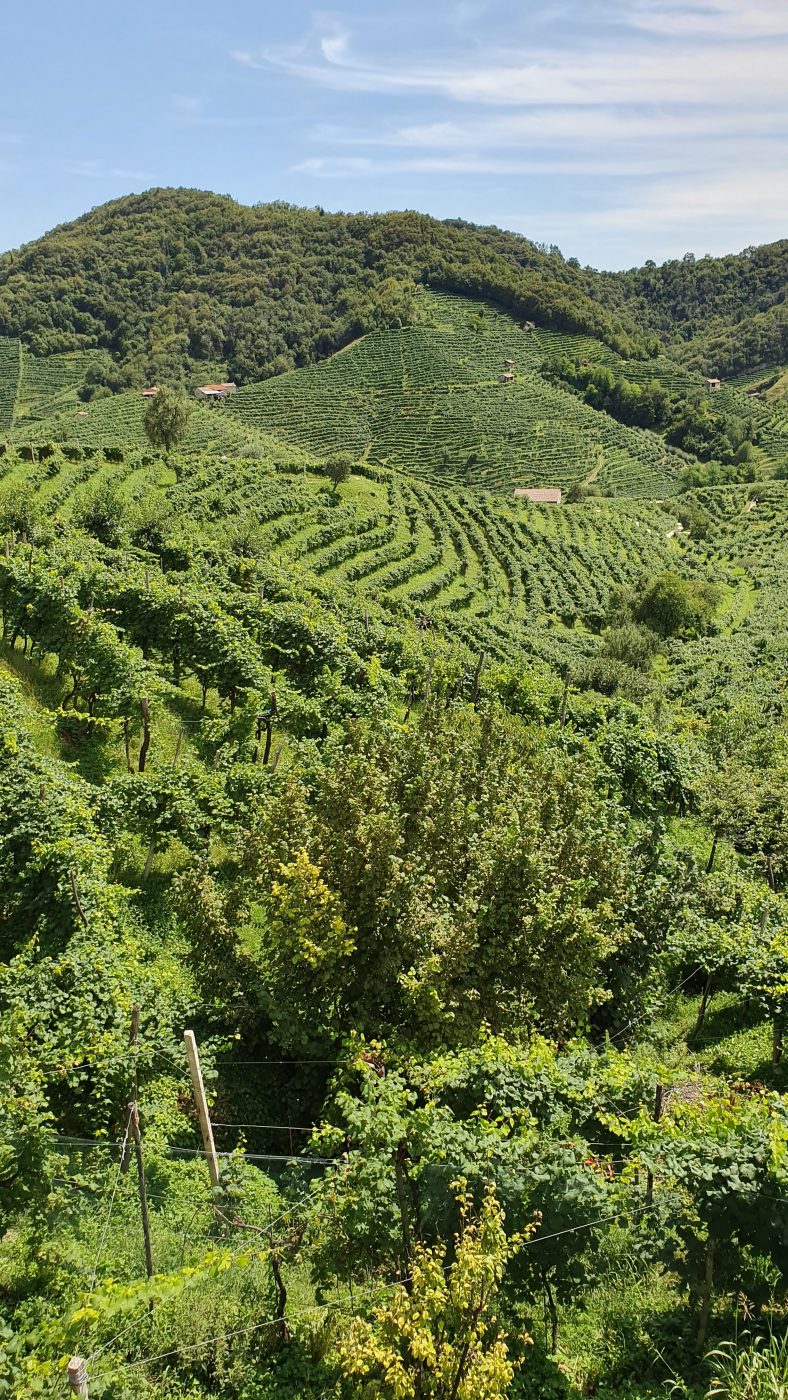The New York Times once described grappa as “little more than a pocket form of heating for the farmers of Northern Italy.” Yes, anyone who has taken a sip of the liquor on a chilly evening has immediately warmed up a few degrees, but to limit this famous spirit to a cheap heating tool does it a great disservice. Made from the leftover fermented pomace–skins, seeds, stems, and pulp–that remained after pressing their grapes for wine, the spirit was originally created as an affordable way to drink alcohol when wine was either too expensive or had to be proffered as taxes to the king. At the time, the aristocracy didn’t want any of this “leftover” liquor, but fast forward around 700 years and the spirit has been legally defined by the EU–who declared that authentic grappa can only be made in Italy, Italian-speaking Switzerland, and the Republic of San Marino–and on the top shelves of some of the world’s most high-brow cocktail bars.
THE BIRTH OF GRAPPA
Italian legend has it that Roman legionaries stole distillation equipment and techniques from Egypt–where they had been distilling spirits since about 800 BC–although it’s more likely that distillation of the spirit began in the 13th to 14th centuries in Veneto. Historically, grappa was called aquavite, “water of life”, and believed to have medicinal healing properties; Paduan doctor Michele Savonarola recorded the entire distillation process in his 14th-century treatise “De Conficienda Aqua Vitae” as a treatment for gout and other infectious diseases. Both for medical care and their own enjoyment, farmers across the Trivento area–Veneto, Trentino, and Friuli–were illicitly producing so much of the cheap spirit that, in the 17th century, an association in Venice was established to regulate it.
In 1779, the first large grappa distillery in Bassano del Grappa–Nardini–introduced the modern distillation method via steam. The name “grappa” likely stems from the dialectal pronunciation of grappolo, meaning “a bunch of grapes”. But it’s not until much later that the spirit both inherited this name and also became valued as more than just a moonshiner’s drink. Italy’s post-war economic boom initiated a wave of fine-dining establishments with room on their shelves for fancy made-in-Italy liquor, and in the 1960s, the Nonino family, up until then a relatively unnoticed distillery, began distilling grappa from a single variety–first Picolit and now many others–and selling the liquor in fancy glass bottles. They capitalized on the fact that each type of grape makes a different flavored grappa similar to their respective wines, completely rebranding it into a hip, luxurious, and chic spirit. With its new reputation, grappa fell into the curious hands of mixologists. Below, two such innovators that elevate the spirit with each sip.
MAURO UVA, THE MASTER OF GRAPPA-BASED COCKTAILS
Born and raised in Gorizia in the Triveneto area, bartender Mauro Uva is deeply in touch with the sights, scents, waters, and flavors of his mountainous land. In crafting his cocktails, he uses naturalistic and historical research on top of taste and tradition. The aim of his project “Graspology, a path of rediscovery of local flavors in the world of bartending” is to rediscover poor ingredients and ancient recipes by turning them into cocktails with an Italian distillate at the center of the glass. With grappa, he plays around according to the grape variety and age of the spirit. “Grappa in blending did not work in the past,” explains Mauro, ”Because we tried to cover it, but this is not its soul! I like to say that she is a lady who must be accompanied, not contradicted.”
The real innovation for his cocktails starts away from the bar and in the mountains: he spends days searching for raw materials that are as available as they are ignored, like lichens–plants with extraordinary nutritional properties, antibiotics, and antiseptics. He makes homemade elixirs to include alongside spirits in his drinks, inspired by centuries-old formulas, home remedies, and medicinal products used to cure varied ailments. His “Mountain Fashioned”, a local version of the Old Fashioned, features grappa and honey that he prepares according to an ancient medical recipe from the Dolomites that preserves the sweetener’s natural healing properties.
CASTA, THE GRAPPA FOR ALCHEMY
In Visnà di Vazzola–the homeland of prosecco–in the province of Treviso, Roberto Castagner started the Castagner Distillery in 1996. Within a few years, the production skyrocketed to become one of the largest grappa makers in Italy, with a 12% share of the industry total, 35 employees, and a turnover of 14 million euros. This is largely in part to the ingenuity of his daughter, Giulia, who, after graduating in marketing at the Bocconi University in Milan, designed a grappa specifically for mixing: casta, obtained from the pomace of the glera grape (used for prosecco) without seeds or stems and distilled with a continuous column method. For its conception, Giulia brought together 12 of the best Italian bartenders in a project called “Italian Laboratory”: the result was a clean, versatile product sold in a stylish, perfume-esque bottle. The name (besides an abbreviation of the family surname) is a tribute to the “Casta Diva”, the famous aria from Vincenzo Bellini’s Norma, immortalized in the interpretation by Maria Callas.



